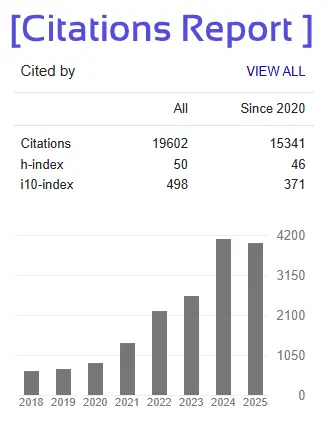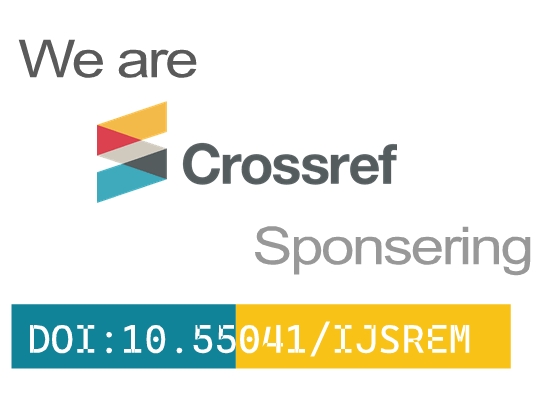Evaluating Game Engines: A Comparative Study of Development Efficiency and User Experience Design Capabilities
MADDULURI V SATYA SAI RITEESH, B.Tech (CSE), KL University, Vijayawada, riteesh3188@gmail.com
BALLA MAHESH, B.Tech (CSE), KL University, Vijayawada, 2200031725cser@gmail.com
HARSHITH PALLAV, B.Tech (CSE), KL University, Vijayawada, harshithpallav@gmail.com
KURAPATI REBEKAH PRAGNA, harshithpallav@gmail.com, blessykurapati15@gmail.com
Mr.MALLAMPATI MAHESH, Assistant Professor, K L University, Mahesh.mallampati600@gmail.com
Dr.B.M.N,Kumar, Assistant Professor, Dept. of Rachana Sharir, Faculty of Ayurveda, IMS,BHU
Abstract - Game development has today made a significant change with the most widely used platforms in the industry, especially unrealistic Engine and Unity advancements. The project presents a comprehensive comparative study of these gaming engines, highlighting their strengths, boundaries, and references where they stand out or fall short. The analysis is designed to guide the developers - both the beginner and experienced professionals - in choosing the engine as lines best with the project goals, technical expertise, and design preferences. The Unreal Engine is known for providing power to high-end, AAA presentations, known for top modern visual fidelity and powerful reproduction skills in real time. The visual script system for blueprints and this high degree of graphic elements makes it an excellent choice for projects that prefer realism and performance, such as emarcly 3D experience, simulation, and next generation console or PC games. Conversely, Unity sticks out for its flexibility, ease of studying, and an expansive asset environment that caters particularly well to indie developers and groups concentrated on cell, 2D, or VR/AR systems. Unity’s significant cross-platform assist and light-weight architecture make it pretty suitable for fast prototyping and multi-platform releases. The comparison became dependent around key evaluation parameters such as graphical capabilities, runtime overall performance, scripting language help (C vs C#), ease of use, pricing and licensing models, platform compatibility, and the scale and activeness of the developer community. Each criterion displays a critical component in the improvement pipeline and user experience (UX) layout procedure, thereby presenting a holistic angle.
Keywords— Game Engines, Unreal Engine , Unity, Game Development, User Experience (UX) , Design Graphics Performance







